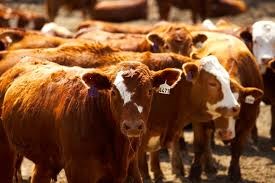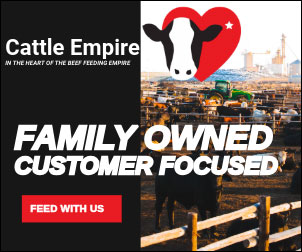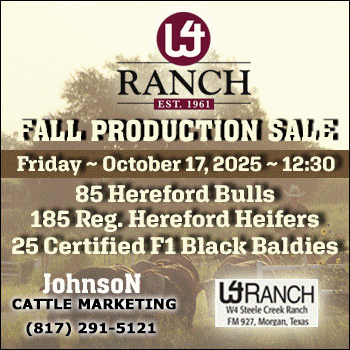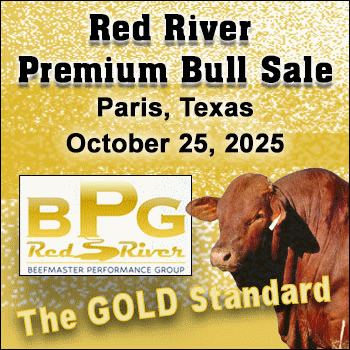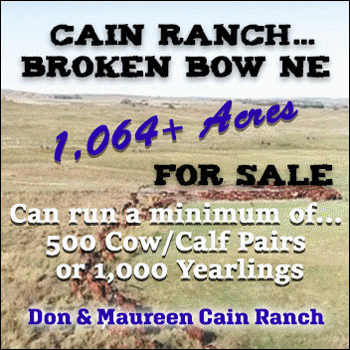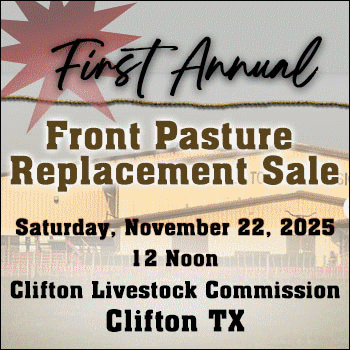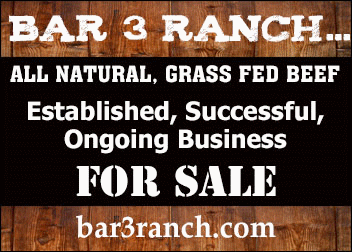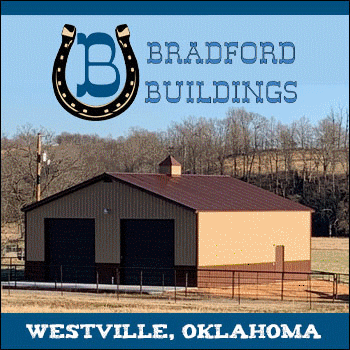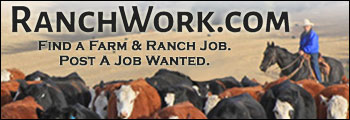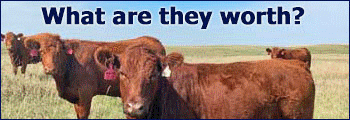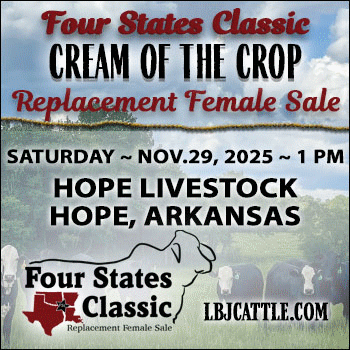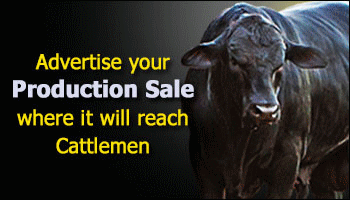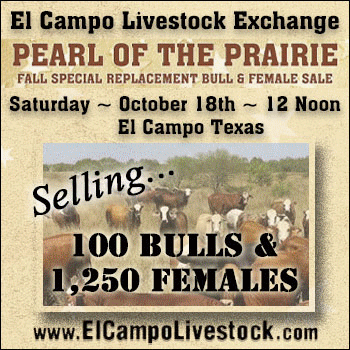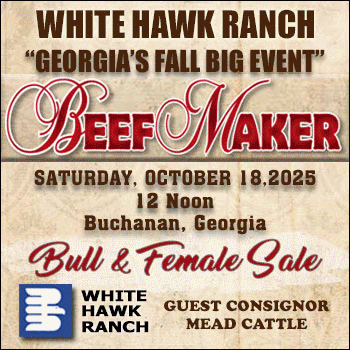James Mitchell, Livestock Marketing Specialist, University of Arkansas
Revisions to Livestock Risk Protection (LRP) were recently approved by the Federal Crop Insurance Corporation (FCIC). These changes apply to the 2026 and succeeding crop years. This week’s article provides an overview of how LRP works for feeder cattle. Next week’s article will cover the newly approved revisions and what that means for producers.

Livestock Risk Protection is a subsidized insurance product designed to help cattle producers manage price risk. Specifically, LRP for feeder cattle offers coverage against declines in market prices, measured by the CME Feeder Cattle Index. You are insuring against a decline in the index, not your local cash price. The Feeder Cattle Index is a seven-day weighted average of 700-899 pound steer prices reported by USDA-AMS from auctions and direct markets in select states (USDA-RMA, 2024a). A loss for LRP is triggered when the actual ending value of the Feeder Cattle Index is below the selected coverage price at the end of the insurance period. The product functions similarly to a put option, allowing producers to lock in a price floor while still benefiting from market gains.
Producers select LRP coverage based on the number of head to insure and the coverage period, which ranges from 13 to 52 weeks. Coverage prices and premium rates are published daily by USDA’s Risk Management Agency and are based on CME feeder cattle futures (USDA-RMA, 2024b). Coverage levels range from 70% to 100% with higher coverage levels receiving lower subsidies. If the actual ending value of the Feeder Cattle Index is below the selected coverage price, the indemnity equals the difference multiplied by the total insured weight.
Here’s an example showing how LRP premium and indemnity are calculated:
- Type of cattle: 50 steers
- Target weight: 750 pounds (7.5 cwt)
- Total insured weight: 37,500 pounds (375 cwt)
- Coverage level: 95%
- Expected ending value: $325.00 per cwt
- Coverage price (95% of $325): $308.75 per cwt
- Actual ending value (Index at end of coverage): $300 per cwt
- Premium rate: $3.45 per cwt
- Premium subsidy: 35%
Premium calculation:
- Total premium = 375 cwt x 3.45 cwt = $1,293.75
- Producer premium = $1,293.75 x (1 – 0.35) = $840.94
Indemnity calculation:
- Indemnity = ($308.75 – $300) x 375 = $3,281.25
- Indemnity (less premium) = $3,281.25 – $840.94 = $2,440.31
Because the actual ending value ($300) was below the producer’s coverage price ($308.75) a loss was triggered and the indemnity was $2,440.31 after accounting for the cost of the LRP policy.
Producers can use LRP to insure cattle in two weight classes: under 600 pounds or 600 to 1,000 pounds. LRP policies are available for Steers, heifers, unborn calves at time of purchase, predominantly Brahman-influenced cattle, and predominantly dairy cattle. The program applies Quality Adjustment Factors to adjust coverage prices and ending values to reflect differences in cattle type. LRP is especially beneficial for small producers, because coverage can be purchased for one head.
USDA-RMA. 2024a. Livestock Risk Protection (LRP) Insurance Standards Handbook. 2025 and Succeeding Crop Years. Available at: https://www.rma.usda.gov/sites/default/files/handbooks/2025-20010-Livestock-Risk-Protection.pdf.
USDA-RMA. 2024b. Livestock Reports (LRP and LGM). Available at: https://www.rma.usda.gov/tools-reports/livestock-reports-lrp-lgm.
Source: University of Arkansas
Articles on The Cattle Range are published because of interesting content but don't necessarily reflect the views of The Cattle Range.
